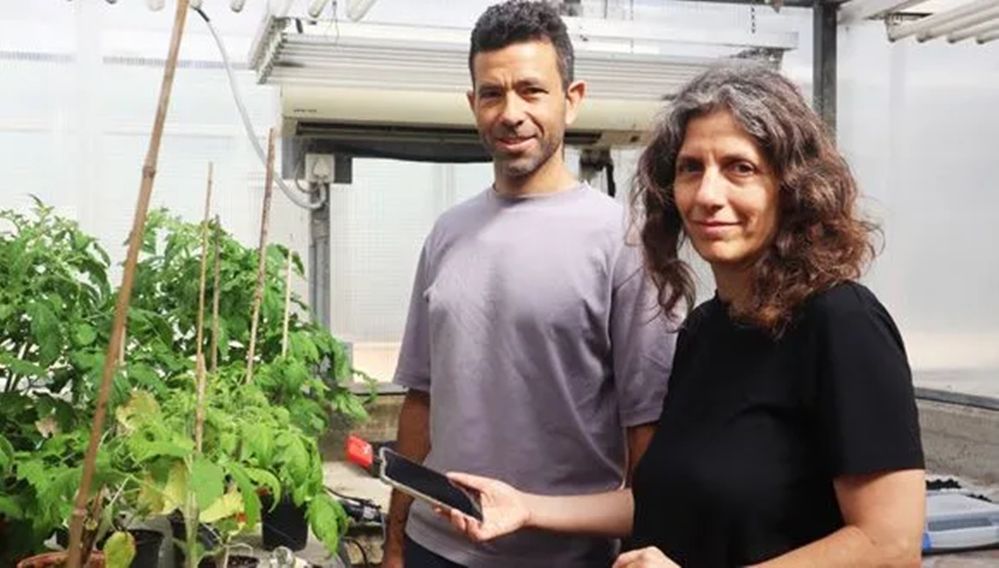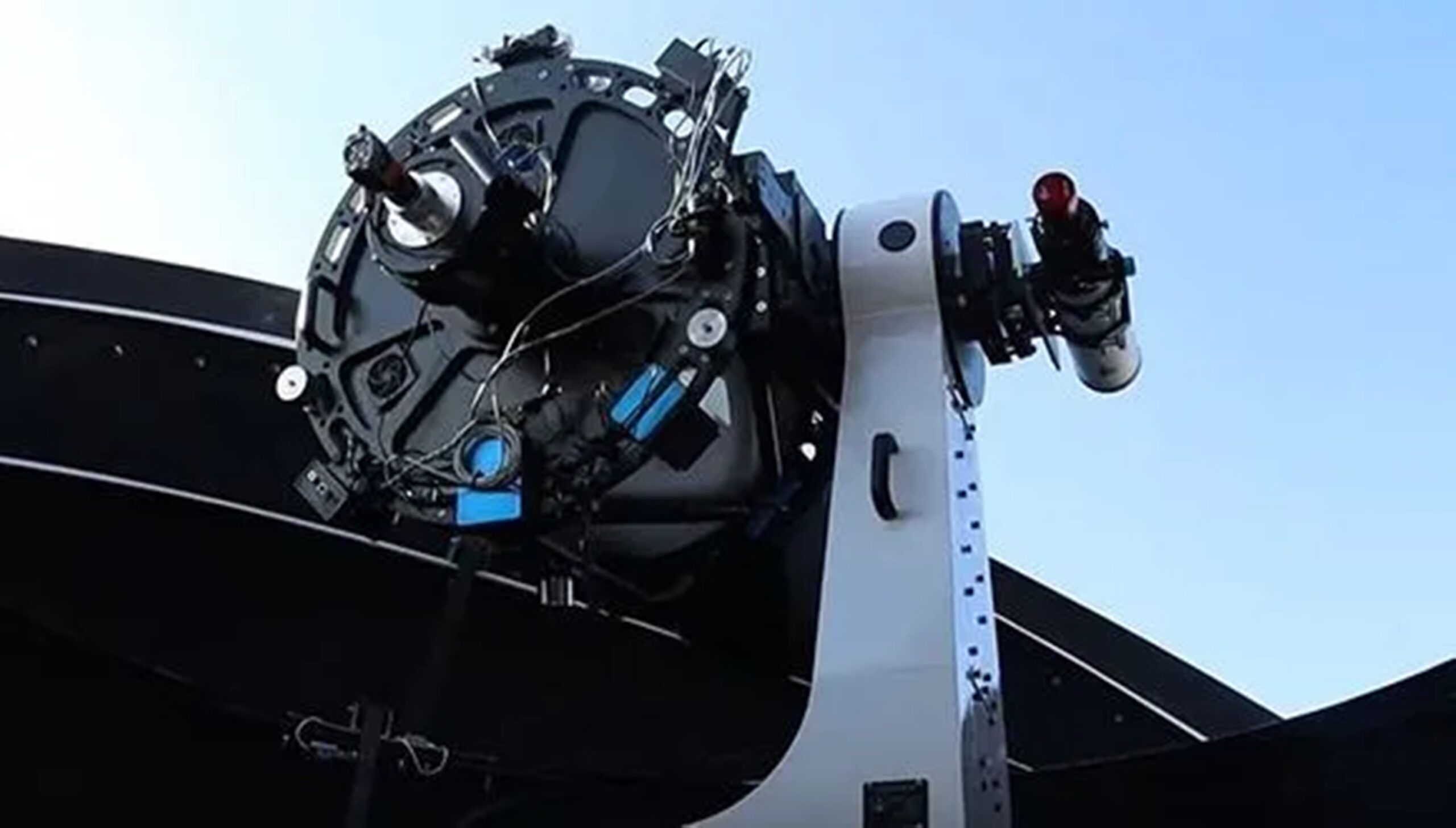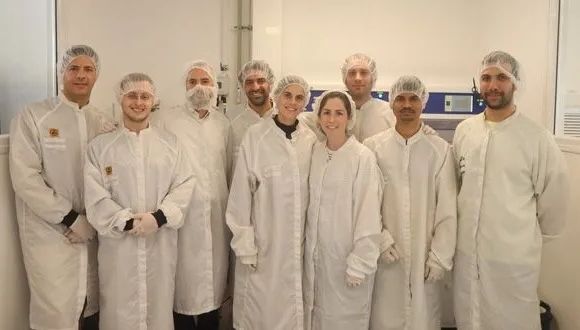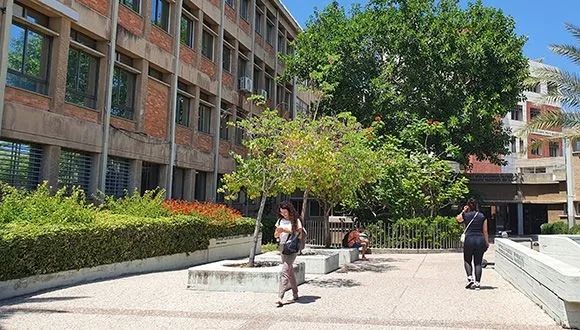
What’s in a pi?
March 14h is International Pi Day. Why do we celebrate it? Is pi still relevant 4,000 years after being discovered? And is peach pie better than cherry?
What’s the best kind of pie? And what’s the perfect crust-to-filling ratio? Mankind has been struggling with these questions since the dawn of baked goods, which is probably about as long as the number pi has been known to us.
Although Pi Day was first celebrated in the 1980s, the number pi (represented as the Greek letter π) was first discovered about 4,000 years ago. The ratio of a circle’s circumference to the circle’s diameter, pi is always the same, whether you’re measuring a penny or a truck tire. Not only that, but pi is an “irrational” number – no matter how many digits of pi we calculate, we’ll never be able to predict which digit comes next.
We decided to ask Ofir Gorodetsy, a PhD student at the School of Mathematical Sciences at Tel Aviv University, about the significance of pi.
“The decimal expansion of π starts with 3.14,” Ofir said. “Which is why we celebrate Pi Day on March 14th every year. And aside from being known to Ancient Egyptians and Babylonians, pi is also mentioned in the Hebrew Bible, where the approximation 3 is used to measure the circumference of a circle.”
Too much pi?
Although most people are familiar with pi as being 3.14, mathematicians have been struggling to find the other digits of pi for centuries. According to Ofir, “figuring out the digits of pi gets pretty difficult after a dozen or so. Many scholars from all over the world have tried to find more and more digits: Archimedes, Liu Hui, Brahmagupta, Fibonacci, Isaac Newton. In the 18th century a mathematician even came up with proof that the digits of pi don’t follow any pattern, so they never repeat in any predictable way.”
According to Ofir, figuring out the digits of pi is much easier these days. Even freshmen at university can calculate as many digits as they’d like, using modern tools.
But the magic of pi is not only its length, but how common it is in the natural world. The disk of the sun, the pupil of our eyes, the ripples in a pond, even the way rivers tend to bend and flow can be described using pi. It’s used in the work of biologists, engineers, geographers, physicsts, mathematicians. Almost every discipline that deals with the world around us crosses paths with this unique number at some point.
So why do we celebrate Pi Day? Probably because math is at its most delicious when it’s fresh out of the oven.
Related posts

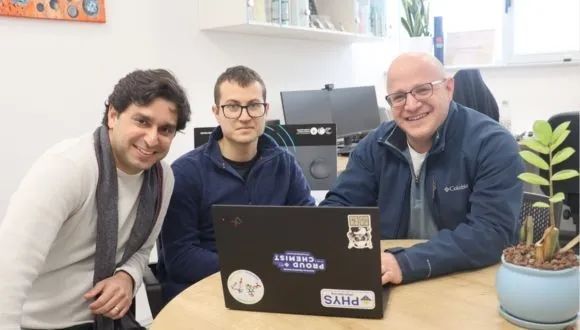

New Findings About the Early Universe 50 Million Years After the Big Bang

